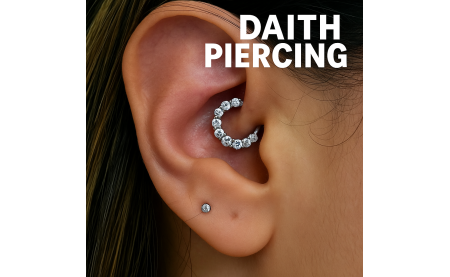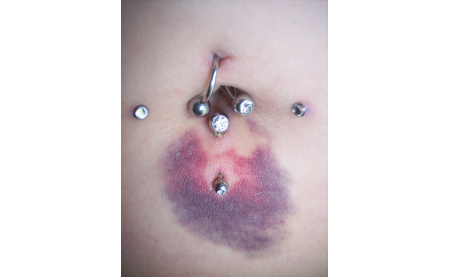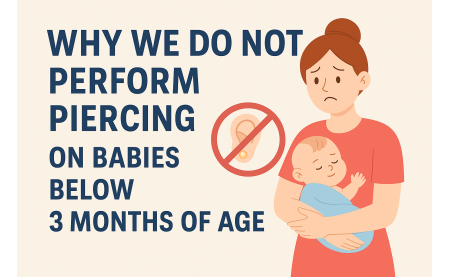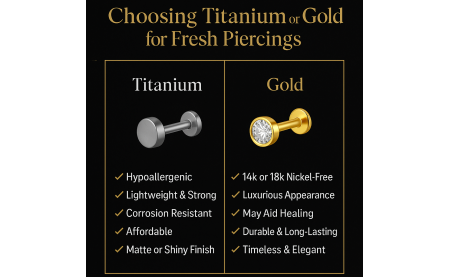Why We Do Not Use Outside Jewelry for Fresh Piercings: A Commitment to Safety, Quality, and Healing
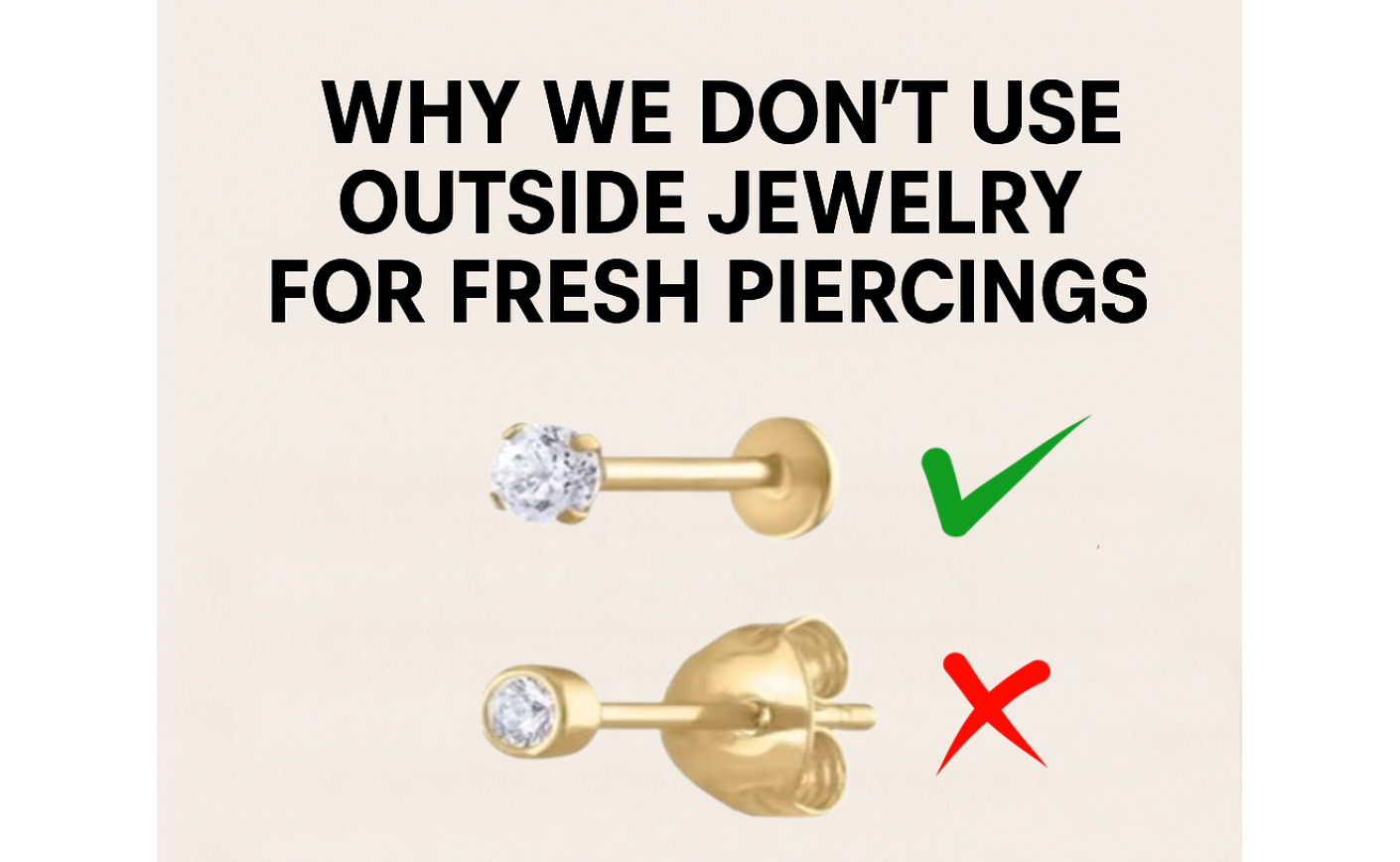
Introduction
At Piercing Zone by Dr. Vikas, your safety and healing experience are our top priorities. One of the most common questions we encounter is: "Can I bring my own jewelry for my fresh piercing?" While we understand the sentimental or aesthetic reasons behind wanting to use personal jewelry, we firmly uphold a strict policy: we do not use outside jewelry for fresh piercings.
This policy is not meant to be restrictive, but protective. In this blog, we explain the medical, hygienic, and professional reasons why using only our carefully curated and sterilized jewelry is not just a preference, but a necessity for your health and long-term piercing success.
1. Medical-Grade Standards and Biocompatibility
Jewelry for fresh piercings must meet specific medical-grade standards to ensure biocompatibility. The body is highly sensitive during the healing phase, and subpar materials can trigger allergic reactions, delayed healing, or even infections.
At Piercing Zone, we exclusively use implant-grade titanium (Ti-6Al-4V ELI ASTM F136), solid 18K gold (AU750), and internally threaded or threadless designs that are free from nickel and other reactive alloys. These materials are chosen specifically because they:
- Minimize irritation and allergic responses
- Promote faster healing
- Are verified for use inside the human body
Outside jewelry often lacks certification, and even when marked as "gold" or "surgical steel," it can contain impurities or coatings that cause issues when inserted into a fresh wound.
2. Sterilization and Contamination Risks
One of the most critical factors in any piercing procedure is sterility. Fresh piercings are technically puncture wounds, and introducing any foreign object into that wound carries a risk.
Our jewelry is sterilized in professional-grade autoclaves, and each piece is:
- Individually packaged after sterilization
- Stored in a controlled, contamination-free environment
- Handled only with sterile tools and gloves during the procedure
Outside jewelry, no matter how clean it may appear, cannot be guaranteed sterile unless we have complete control over its chain of custody and packaging. Even unopened packaging from outside sources is not accepted, as it may not meet our sterilization protocols.
3. Improper Design and Poor Fit
Fresh piercings require jewelry that is precisely engineered for the healing process. Most commercial or fashion jewelry is not designed with healing anatomy in mind. Key problems we often see with outside jewelry include:
- Incorrect post length or diameter, leading to swelling, embedding, or excessive movement
- External threading, which can damage healing tissue on insertion
- Insecure backings or closures, which increase the risk of loss or trauma
At our studio, we take precise measurements and select jewelry with optimal fit, length, and backing types to ensure comfort, stability, and support throughout the healing journey.
4. Accountability and Professional Standards
As a professional studio, we take full responsibility for the safety and success of every piercing we perform. Using outside jewelry compromises our ability to guarantee outcomes. If a problem arises with jewelry we did not supply, it becomes difficult to troubleshoot or provide a solution.
By using our own curated collection, we:
- Maintain complete control over quality assurance
- Provide clear aftercare support
- Offer resizing or downsizing options as healing progresses
Additionally, this policy aligns with international best practices and regulations followed by reputable piercing studios worldwide.
5. Our Curated Collection: Designed for Healing and Style
Our collection isn’t just safe — it’s stylish, luxurious, and designed for all piercing types. We offer:
- Minimalist and bold designs in solid 18K gold
- Internally threaded titanium jewelry in a range of sizes and finishes
- Options suitable for all anatomies, from earlobes to helix, conch, tragus, and more
Each piece is hand-selected to meet aesthetic preferences while prioritizing medical compatibility. You don’t need to compromise on beauty for the sake of healing — our collection brings both.
Conclusion: Your Health is Our Responsibility
While we appreciate the personal significance that outside jewelry can hold, our duty as a professional, hygiene-first studio is to protect your body and ensure the best healing possible. Our refusal to use outside jewelry is a reflection of that responsibility.
When you choose Piercing Zone by Dr. Vikas, you're choosing:
- Uncompromised safety
- Certified, biocompatible materials
- Precision, fit, and expert handling
- Personalized style that doesn’t sacrifice healing
We invite you to explore our collection and trust in our process. Your piercing deserves the best start — let us give it the foundation it needs to shine for years to come.



